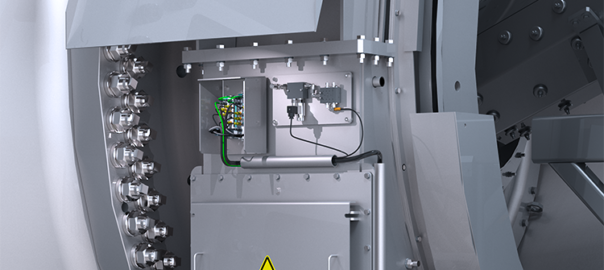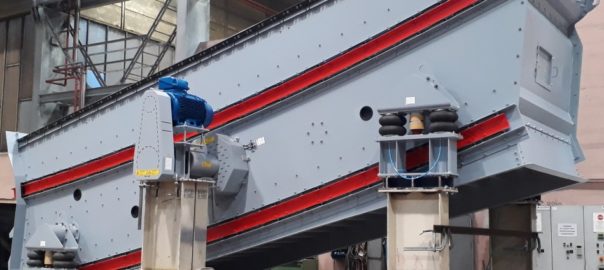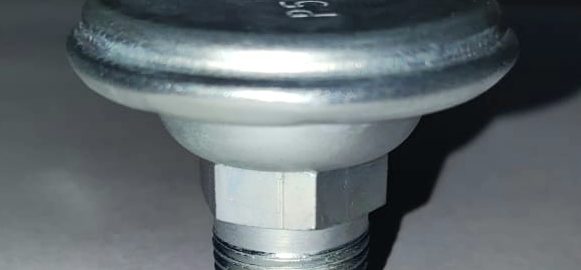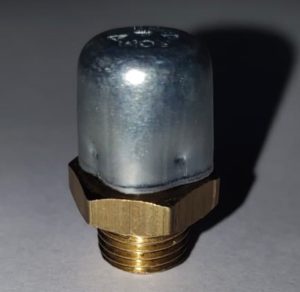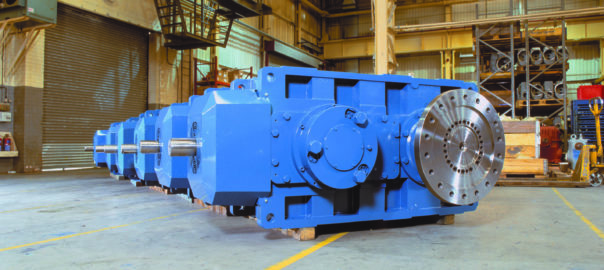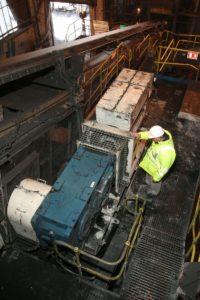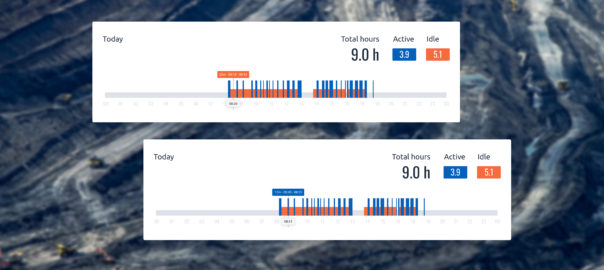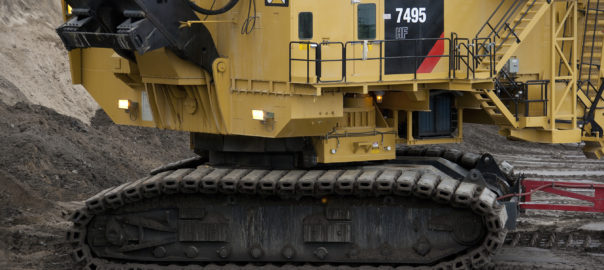Outotec is looking to maximise grinding mill availability with a new modular system that provides all control functions required for the safe operation of equipment, and its associated lubrication systems, as well as continuous condition monitoring.
The Outotec Mill Control System allows for advanced condition monitoring strategies, including remote expert support, to ensure maximum mill availability, the company says.
It proactively detects anomalies using diagnostic data from IO-Link instruments to determine instrument health and detect installation problems before they cause downtime, according to the company.
Remote connectivity hardware is included as standard, enabling connection to Outotec’s Connected Services for remote diagnostics and support. Plant owners can also take advantage of Outotec’s cloud-based Asset Analytics service to gain valuable insights over the condition and performance of their assets, the company says.
“The system uses standard hardware and software components that are common across Outotec product lines for improved availability of support resources and spare parts and meets all relevant EU safety directives and other key international safety standards,” Outotec said.
IO-Link technology, an international standard according to IEC 61131-9, enables digitalisation and smart instruments by allowing for extended diagnosis of sensors and actuators, and the use of IO-Link instruments contributes to time and cost savings as the single interface means fewer input/output spares are required, according to the company.
In addition to increased mill availability, Outotec says it Mill Control System significantly reduces the commissioning time and cost associated with implementing similar systems, provides a shorter engineering lead time and superior installation quality thanks to “simplified wiring and termination design” as well as standardised software and hardware modules; comes with reduced project risks as the complete solution is delivered under one contract; and ensures compliance and reduced risk with state-of-the-art safety-rated hardware.







